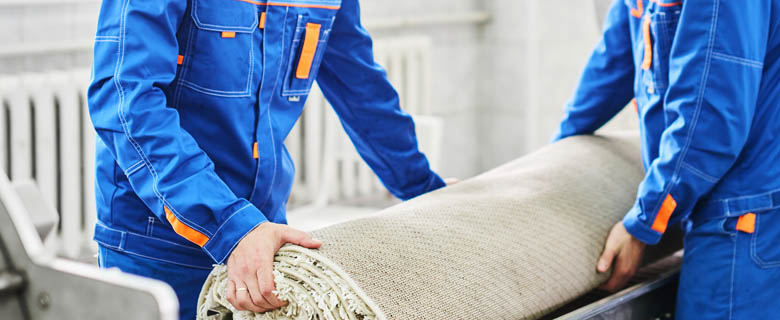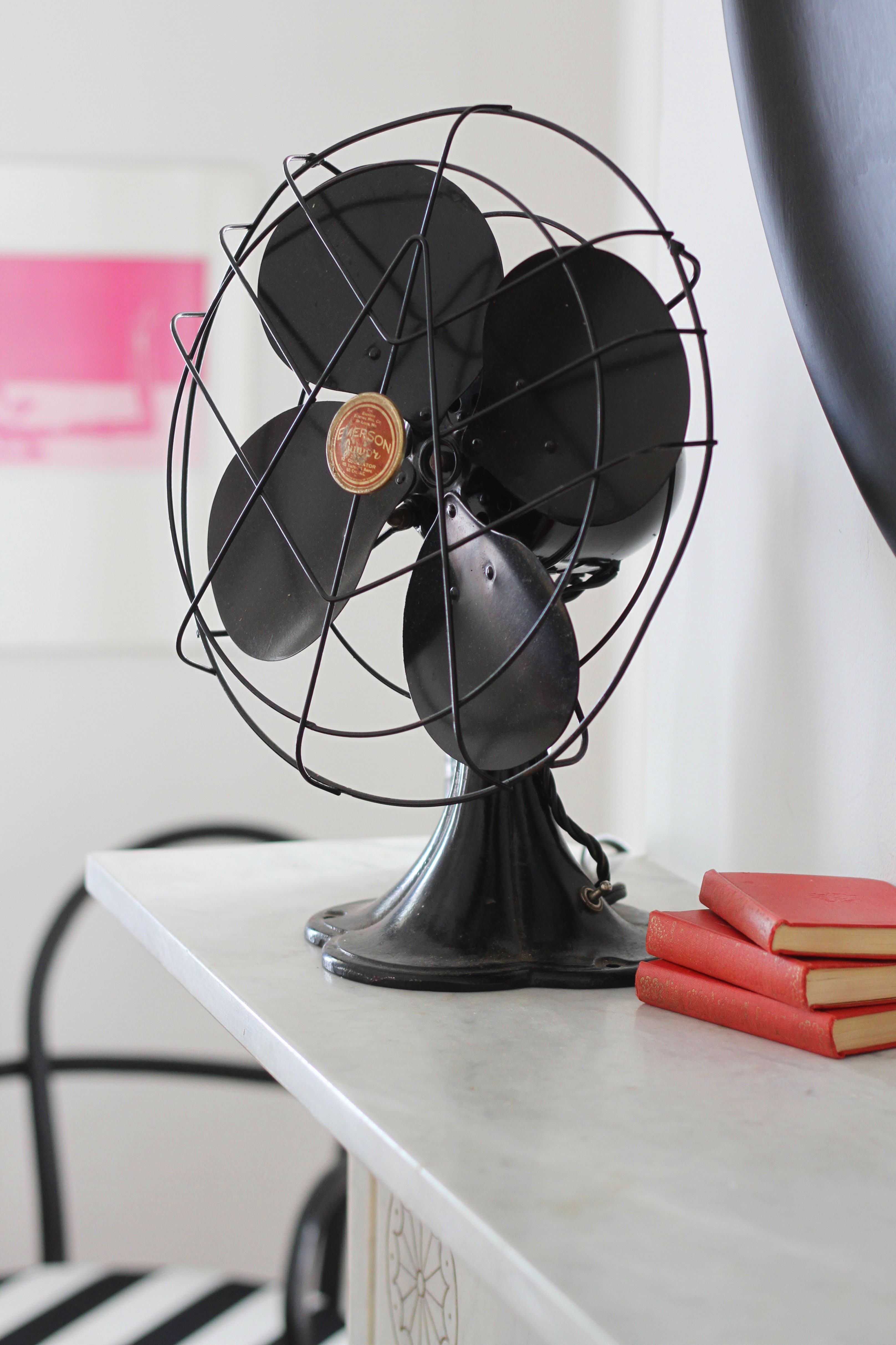
Housekeeping executive salaries can vary widely depending on where they are located, their experience and any bonuses. In this article we will explore pay ranges, location, and bonuses. Then, we'll explore how to negotiate for higher salaries. What is the salary range for housekeeping executives? What are the perks? What are the advantages of being a housekeeping manager? We'll also be comparing housekeeping executives to their counterparts.
Pay range
A Housekeeping executive salary is comparable to those of other similar jobs. An Executive Housekeeper earning $63,880 a month would place them in the top 10% of the pay-scale. An Executive Housekeeper also would spend approximately 71% monthly rent. The average annual salary for Housekeeping executives is $42,058. The salary range is calculated from anonymous data supplied by employees. To estimate your market value, you can use the Salary Calculator.
An executive housekeeping manager salary ranges from $8,441 to $35,000. This includes tips and bonuses, taxable wages, and tips. An Executive Housekeeper salary ranges from $17500-65,000 depending on the level of education, experience and qualifications. Continue reading if you are interested in learning more about the salary range. There are five types to choose from for the Executive Housekeeping Manager job in California.

Bonuses
If you're interested in a job within the housekeeping industry, here are some average salaries for Executive Housekeeping. The position oversees the cleaning of properties and can have a wide range of salaries. This article will discuss the various salary levels of Executive Housekeepers, and how to find out what your market is worth. While bonuses are common for housekeeping executives, they're not the only perk.
Housekeeping professionals typically earn between $37976 and $48,500 per a year. Salaries can vary according to education and experience. The Chief of Housekeeping, Head of Hospital Housekeeping and the Director for Private Housekeeping are three of the most highly-paid positions in this field. If you have over 20 years of experience, you could earn anywhere from $47,000 to $57,600 per year.
Experience
Employers seek out housekeeping experts with years of experience. This can lead to a very lucrative salary. There are many factors that influence the salary. Those with a bachelor's or associate's degree in hotel management are often the most desirable, although not required. Housekeeping jobs require a range of skills, including the ability to organize and delegate duties. The most important factor when determining the salary of a housekeeping executive is experience.
A hotel housekeeping executive salary is around $43,696, but the rate can vary. Salary can be affected by the number of employees, their location and their experience. Executives often work full-time and may be eligible for all benefits. In addition, they may work irregular hours and/or weekends. Executive housekeepers could also work part-time, although this is not common. A manager's salary may be considerably higher.

Location
Housekeeping executive salary depends on many factors including education, experience, job location and work history. While some sites have greater data volumes than others, they all work out an average. There is no 'average' Housekeeping Executive Salary. These are some of the many factors that influence a housekeeping executive's salary. But, they tend to all be pretty similar. It is important to consider the location of a housekeeping executive when determining their salary.
An Executive Housekeeping Manager in India makes an average of Rs3.0 million annually. While the salary for a Housekeeping Executive may vary, it typically falls in the $33,000 to $49,800 range. The highest-earning Housekeeping Executives make approximately $64,000 annually. You may find higher salaries in areas with high demand for housekeeping manager. However, these salaries are not indicative of the true pay range. Based on the city and industry, there may be lower salaries for some cities.
FAQ
What is the best product to use when disinfecting your house?
Lysol Disinfectant spray is the best disinfectant for your home. It kills 99.9% germs upon contact. It leaves surfaces clean-smelling and fresh-smelling.
What does a house cleaner charge an hour?
House cleaning services are typically priced per job. Prices vary depending on the number of rooms that you clean, what furniture you have and whether you have children or pets.
A typical rate for a deep-cleaning service would be $30 an hour, while a basic vacuuming service might cost around $15 an hour.
How long does it take to clean my house after I move out?
This depends on the size of your home and the amount of work that needs to be done. It will take you about two hours to clean a small apartment or house with no furniture.
If you've got a large family home, however, you could easily spend more than eight hours cleaning up.
Cleansing a one-bedroom apartment typically takes four hours. Cleaning a 5-bedroom house could take between 8 and 12 hours.
Statistics
- You must see the house in question when estimating all private house cleaning jobs, according to Cleaning 4 Profit. (freshbooks.com)
- A single-family home should cost $120 to $150 to clean, according to Home Advisor. (freshbooks.com)
- House cleaners on the lower end of that spectrum, the bottom 10% to be exact, make roughly $21,000 a year, while the top 10% makes $36,000. (zippia.com)
- The best-paid 10 percent make $34,000, while the lowest-paid 10 percent make $26,000. (zippia.com)
External Links
How To
How to clean upholstered furniture
Because of the complex structure of upholstered furniture, which has multiple layers and different fabrics, it is difficult to clean. It takes patience as well as skill. Some of the most popular methods are dry cleaning, steam cleaning, washing and waxing. Each method comes with its own set of advantages and disadvantages. This article will cover how to clean upholstered sofas.
Steam cleaning is the most popular method of cleaning upholstered furniture. The steam cleaning process uses hot water and detergent. This removes dirt from the fabric. If there isn't any dust in the upholstery, this process works well. You should not use another cleaning agent if there is still any moisture or dust after the first cleaning. Steam cleaning products should not be used if leather is used in upholstered furniture. Leather absorbs water and becomes soft so it cannot withstand heat. Leather is porous so steam can penetrate it, causing damage.
For upholstered furniture made of only cotton or synthetic fabrics, dry cleaning is recommended. Dry cleaning can remove stains and soils from fabric without damaging it. Dry cleaning works well for light to medium soil such as food residue, pet hair, mud, sand, paint, ink, and grease. These types of stains can easily be removed by a vacuum that has a brush attachment.
Upholstering furniture made with natural fibers can be cleaned using washing. The usual washing procedure involves soaking your fabric in warm water along with mild soap and detergent. Next, wash the fabric with cold water. To gently rub the fabric's surface, use a sponge or a cloth. After rinsing, apply a small amount of stain remover on the spot where the stain was located. Allow the mixture to sit for several minutes, then wipe off any excess liquid. Rinse the fabric once more. Many stores sell washable upholsteries.
Make your own upholstery wash solution. In a large bowl, combine 1/4 cup dishwashing detergent, 1 cup vinegar, and 2 cups baking soda. Warm water should be added halfway to the bucket. Soak the upholstery in the solution overnight. Use cold water to rinse the fabric. Repeat this step once every two weeks to keep your upholstery looking new.
You can wax instead if chemicals are not your thing. You can protect your upholstery from fading, cracking, staining and other damage by waxing. Placing a layer of plastic wrap over the area you are going to wax will help prevent scratches. Apply a layer with a foam application tool. Wait until the wax dries fully. You can remove the plastic wrap and rub the surface with a clean towel.